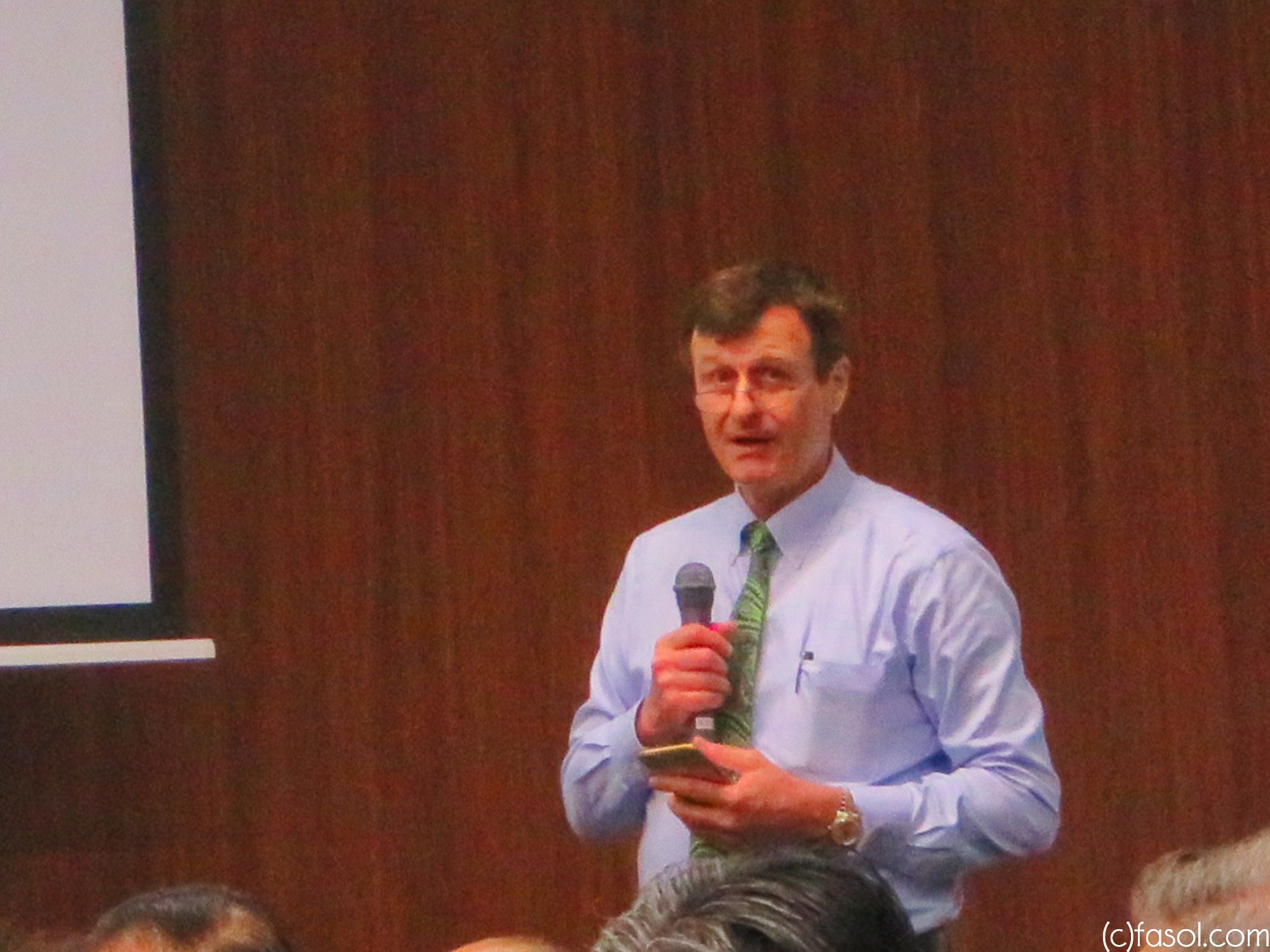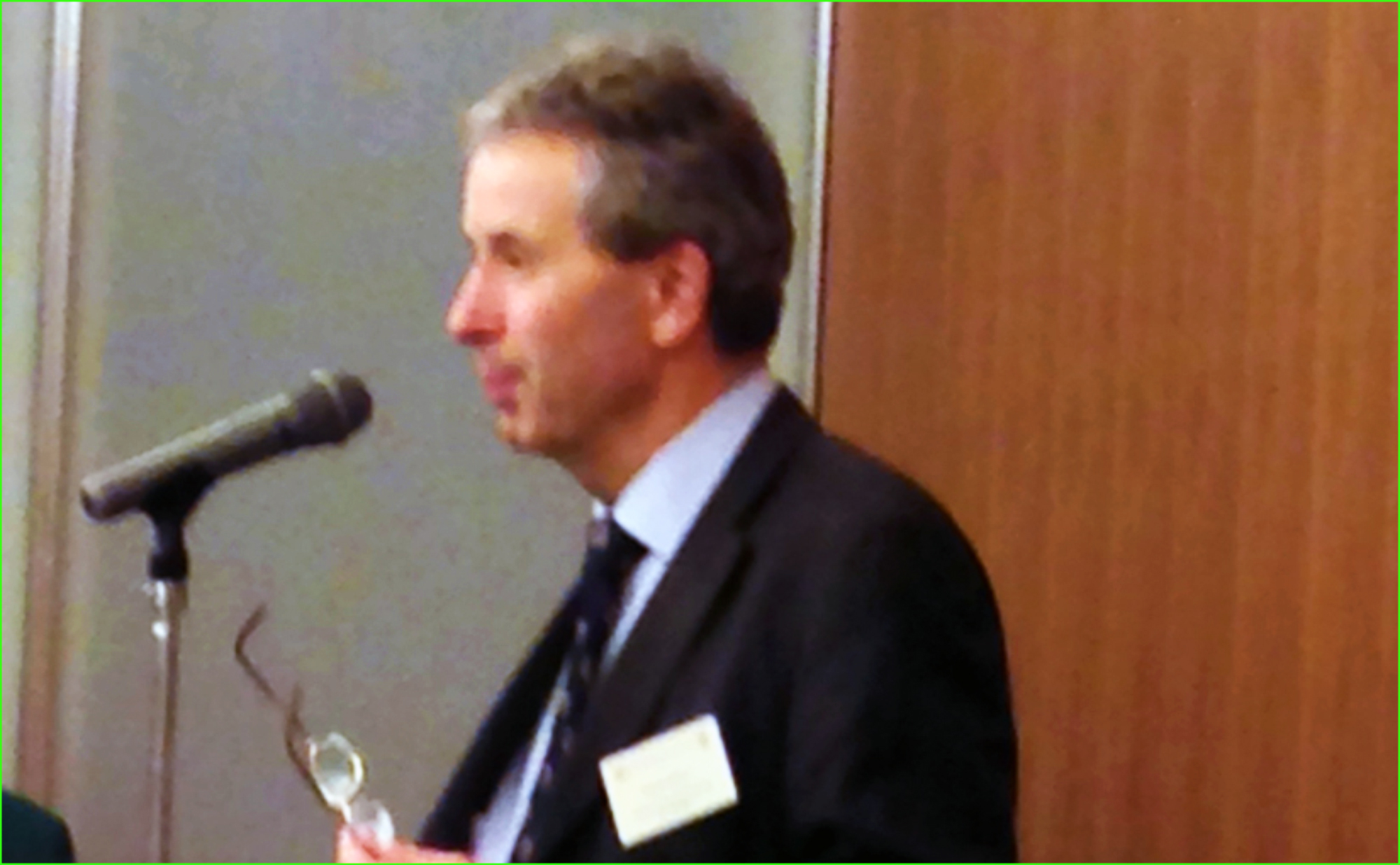Category: science
-
![[Trinity Japan] Lord Martin Rees, Astronomer Royal in discussion with Trinity in Japan](https://www.fasol.com/b/wp-content/uploads/2020/08/Screen-Shot-2020-08-03-at-16.56.52.png)
[Trinity Japan] Lord Martin Rees, Astronomer Royal in discussion with Trinity in Japan
Lord Martin Rees in discussion with Trinity in Japan on 31 July 2020. Topics discussed include the recent Nobel Prize for Didier Queloz, existential risks to humanity, exoplanets and extraterrestrial life, the possibility and conditions on planet Mars and on other planets and exoplanets, and experimental programs to detect extraterrestrial life, and the current situation…
-

Future engineering education – a European view. Kyushu Society for Engineering Education.
日本語版 / Japanese version: http://www.fasol.com/j/2017/07/23/future-engineering-education-europe-view/ Gerhard Fasol: A European view on the future of engineering education in Kyushu Future engineering education. 4th Symposium of the Kyushu Society for Engineering Education. 11 July 2017 13:00-16:30 Kyushu Institute of Technology Future engineering education meeting program. 13:00-15:00 Yuichi Harada, Professor, Kyushu University: “Practical education using global innovation” Shingo…
-

Professor Frank Kelly, Master of Christ’s College, Cambridge and Professor of the Mathematics of Systems
Professor Frank Kelly speaks about the future of Cambridge University and of Christ’s College Frank Kelly, Professor Francis Patrick Kelly FRS, Master of Christ’s College, Cambridge, and Professor of the Mathematics of Systems, gave us his view of Cambridge today at the Cambridge Oxford Society of Japan in Tokyo. Professor Frank Kelly: In Cambridge the…
-
5th Ludwig Boltzmann Symposium Tokyo 2013
“ENERGY” Wednesday, 20th February 2013, Embassy of Austria, Tokyo 14:00 Welcome by Dr. Bernhard Zimburg, Ambassador of Austria to Japan 14:10 Gerhard Fasol, “today’s agenda” 14:20 – 14:40 Robert Geller Professor of Geophysics University of Tokyo, seismologist. First ever tenured non-Japanese faculty member at the University of Tokyo “A seismologist looks at nuclear power plant…
-
4th Ludwig Boltzmann Symposium Tokyo 2012
“ENERGY” on Monday, 20th February 2012 14:00 Welcome by Thomas Loidl, Chargé d’affaires ad interim of the Austrian Embassy 14:10 Gerhard Fasol: today’s agenda” 14:20 – 14:40 Tatsuo Masuda Professor at Nagoya University of Commerce and Business, served as Director of Oil Markets and Emergency Preparedness of IEA “New energy architecture for Japan” 14:40 –…
-
3rd Ludwig Boltzmann Symposium Tokyo 2011
Topic “Space and Energy and Ludwig Boltzmann” on Thursday, 17th February 2011, Embassy of Austria, Tokyo. 14:00 Welcome by Michael Haider, Cultural Counsellor of the Austrian Embassy 14:10 – 14:40 Gerhard Fasol, “Ludwig Boltzmann: Pioneer of understanding Space and Energy” 15:00 – 15:45 Tetsuhiko Ikegami, PhD Chairman, Space Activities Commission, Ministry of Education, Culture, Sports,…
-
2nd Ludwig Boltzmann Symposium Tokyo 2010
Topic “Leadership and Diversity” on Thursday, 18th February 2010 14:00 Welcome by HE the Ambassador of Austria to Japan 14:10 – 14:40 Gerhard Fasol, “Ludwig Boltzmann as a local and global leader” 15:00 – 15:20 Atsuko Heshiki, MD and PhD President of Medical Woman’s International Association (MWIA) and Professor Emeritus at Saitama Medical School “Leadership…
-
Solar eclipse on July 22, 2009 seen in Tokyo
The total solar eclipse could be seen clearly today around 11:13am in Tokyo – however in Tokyo the coverage was not total. Here is a picture taken with a standard Canon digital camera: Copyright·©2013 ·Eurotechnology Japan KK·All Rights Reserved·
-
our future: hot, flat, and crowded… celebrating Ludwig Boltzmann’s 165th birthday
Ludwig Boltzmann was one of the most important physicists and philosophers: it is almost impossible for any engineer, chemist or physicist to do a day’s work without using Boltzmann’s tools and results every day. Ludwig Boltzmann is this author’s and Eurotechnology Japan KK’s founder’s great grandfather – and his excellence is our company’s guiding light.…
-
Blue GaN LEDs take over Christmas
Since Shuji Nakamura’s first commercialization of GaN LEDs (read the Blue Laser Diode Book) LEDs are progressing rapidly to make the US$ 400 Billion global lighting industry more environmentally friendly, reducing CO2 output and reducing electricity bills for lighting dramatically. Recently rail stations in Japan have begun to test plug-compatible replacement of fluorescent tubes by…
